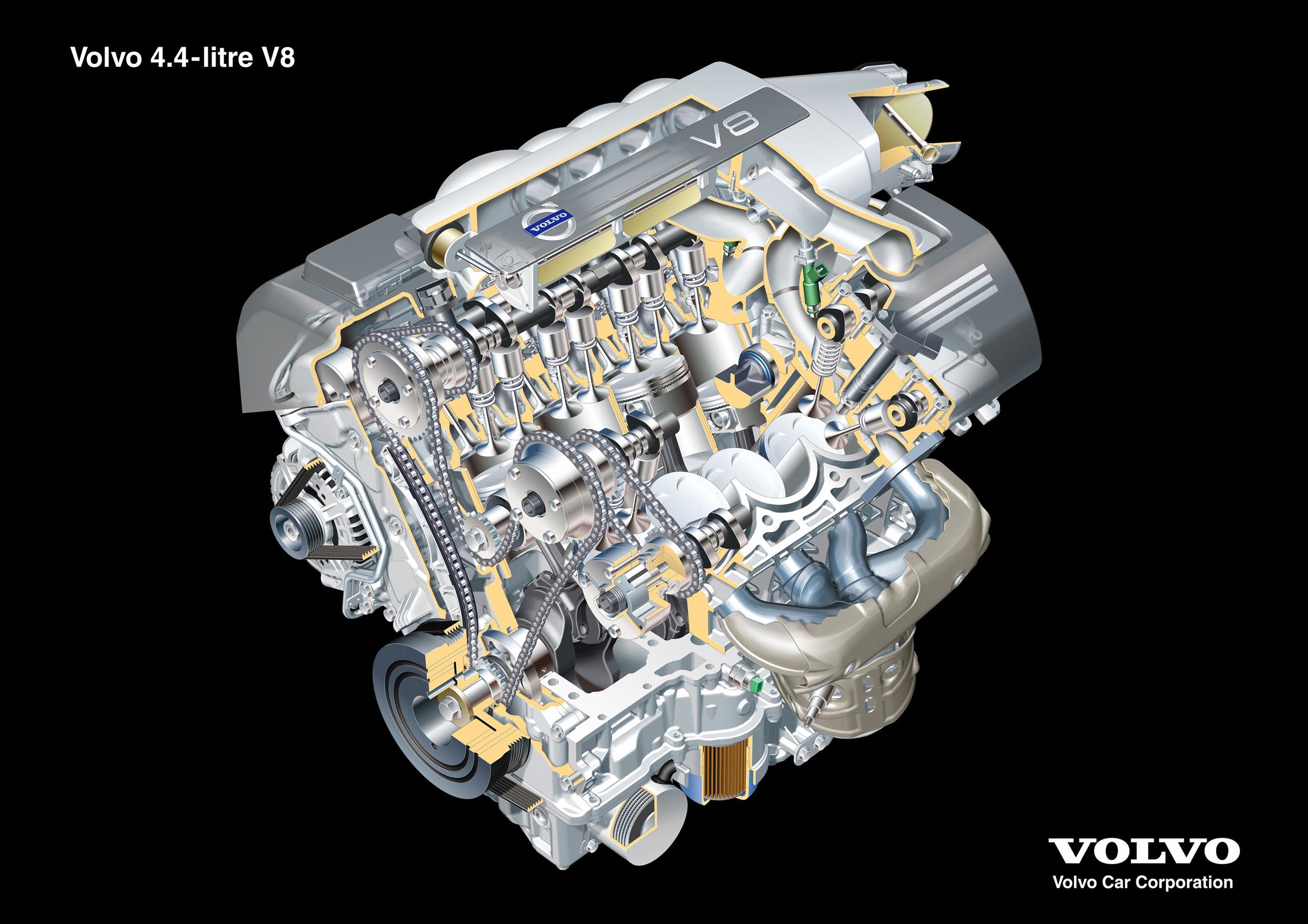Introduction Production of Volvo’s ‘Short Inline 6’ (SI6) engine (code: B6324S) commenced in March 2006. Although manufactured at Ford’s engine plant in Bridgend, Wales, the SI6 engine was designed, engineered and developed entirely by Volvo. The SI6 engine had 84.0 mm bores – spaced at 91.0 mm intervals – and a 96.0 mm stroke for […]
Category: Engines
2005 Volvo D4204T/Ford Duratorq TDCi engine
Overview Based on the PSA DW10 diesel engine, the post-2005 2.0 Duratorq TDCi diesel engine was developed by Peugeot engineers in France on behalf of PSA and Ford Motor Company. AustralianCar.Reviews understands that the 2.0 Duratorq TDCi engine was manufactured at Volvo’s Skovde plant in Sweden for Ford and Volvo vehicles, and in France for […]
Volvo N Series Modular Engine
Introduction Volvo’s ‘N Series’ engines were a range of modular inline four-, five- and six-cylinder engines that were manufactured in Skövde, Sweden. The first N Series engine was the longitudinally mounted six-cylinder B6304F which powered the rear-wheel drive Volvo 960. The four- and five-cylinder N Series engines, however, were mounted transversely. The first five-cylinder N […]
5.6 Tickford V8 engine
Introduction The 5.6-litre ‘Tickford V8’ was a stroked version of the 4.9-litre Windsor V8, an overhead valve (OHV) engine with a 90-degree ‘V’ angle. As per the table below, the 5.6-litre Tickford V8 engine was offered in the Ford T-Series TS50, TE50 and TL50, and Ford AU Falcon Ute XR8 Pursuit 250. The 5.6-litre Tickford […]
Volvo B8444S/Yamaha 4.4 V8 Engine
Introduction The Volvo B8444S was a 4.4-litre V8 petrol engine that was developed and manufactured by Yamaha Motor Corporation in Japan from early 2005 to August 2010. Key features of the B8444S engine included its: 94.0 mm bores and 79.5 mm stroke for a capacity of 4414 cc; Open-deck, high-pressure die-cast aluminium alloy cylinder block; […]
Subaru FB25 Engine
Introduction Subaru’s FB25 was a 2.5-litre horizontally-opposed (or ‘boxer’) four-cylinder petrol engine. Effectively replacing the EJ253, the FB25 engine was a member of Subaru’s third generation ‘FB’ boxer engine family which also included the FB20,FA20D, FA20E and FA20F engines. The FB25 engine first offered in Australia in the 2011 Subaru SH.II Forester. Key features of […]
Subaru FA20E & FA20F Engines
Introduction Subaru’s FA20E and FA20F engines were 2.0-litre horizontally-opposed (or ‘boxer’) four-cylinder petrol engines that were fitted with a twin-scroll turbocharger and featured direct injection. For Australia, the FA20E engine was introduced in the Subaru SJ Forester XT, while the FA20F engine powered the Subaru V1 WRX. Compared to the SJ Forester XT‘s FA20E engine, […]
Subaru FB20 Engine
Introduction Subaru’s FB20 was a 2.0-litre horizontally-opposed (or ‘boxer’) four-cylinder petrol engine. Effectively replacing the EJ204 engine, the FB20 engine was a member of Subaru’s third generation ‘FB’ boxer engine family which also included the FB25,FA20D, FA20E and FA20F engines. The FB20 engine first offered in Australia in 2012 Subaru GP/GJ Impreza. Key features of […]
Subaru EZ36D Engine
Introduction Subaru’s EZ36D was a 3.6-litre horizontally-opposed (or ‘boxer’) six-cylinder petrol engine. Replacing Subaru’s EZ30R, the EZ36D engine was first introduced in the Subaru B9 Tribeca in 2007 and subsequently offered in the BM/BR Liberty, BR Outback, BN Liberty and BS Outback. Compared to the EZ30 engine, changes for the EZ36D included: A more rigid […]
Subaru FA20D Engine
Introduction The FA20D engine was a 2.0-litre horizontally-opposed (or ‘boxer’) four-cylinder petrol engine that was manufactured at Subaru’s engine plant in Ota, Gunma. The FA20D engine was introduced in the Subaru BRZ and Toyota ZN6 86; for the latter, Toyota initially referred to it as the 4U-GSE before adopting the FA20 name. Key features of […]









